New Zealand's fashion industry, known for its unique blend of indigenous Maori culture and modern aesthetics, is at a pivotal moment. The global demand for inclusivity and sustainability is reshaping fashion landscapes worldwide, and New Zealand is no exception. But can the Kiwi fashion scene truly become more inclusive? This article delves into this pressing question, exploring the challenges and opportunities within New Zealand's fashion industry.
Understanding Inclusivity in Fashion
Inclusivity in fashion goes beyond size diversity; it encompasses a spectrum of factors including gender, age, ability, and cultural representation. In New Zealand, where the Maori and Pacific cultures are integral to the national identity, inclusivity also means celebrating and integrating these heritages into mainstream fashion.
According to a 2023 report by Stats NZ, 16.5% of New Zealand's population identifies as Maori, and another 8.1% as Pacific peoples. Yet, representation in the fashion industry remains limited. This lack of diversity not only impacts cultural representation but also limits market reach and potential economic benefits.
The Current State of New Zealand's Fashion Scene
New Zealand's fashion industry is relatively small on a global scale, contributing approximately NZD 3.8 billion to the economy annually. However, it is renowned for its creativity and innovation. Designers like Karen Walker and Trelise Cooper have gained international acclaim, yet the industry struggles with diversity and inclusivity.
One significant barrier is the limited availability of diverse sizes. A study by Massey University in 2022 highlighted that less than 10% of fashion brands in New Zealand offer sizes beyond a 16, despite the average Kiwi woman wearing a size 14-16. This gap presents both a challenge and an opportunity for brands willing to expand their size ranges.
Case Study: Kowtow – A Pioneer in Sustainable and Inclusive Fashion
Problem:
Kowtow, a Wellington-based fashion brand, identified a lack of sustainable and inclusive fashion options in the market. The brand aimed to address the environmental impacts of fashion while promoting diversity.
Action:
Kowtow implemented a strategy focused on sustainable materials and ethical production. They expanded their size range and embraced cultural diversity in their collections. The brand also ensured that their marketing campaigns featured models from different ethnic backgrounds and body types.
Result:
- Revenue Growth: Kowtow reported a 25% increase in sales within two years of implementing these changes.
- Market Reach: The brand expanded its customer base in New Zealand and internationally.
- Cultural Impact: Kowtow became a leader in the sustainable fashion movement, inspiring other brands to follow suit.
Takeaway:
Kowtow's success demonstrates the viability of inclusive and sustainable fashion in New Zealand. By embracing diversity and sustainability, brands can tap into wider markets and drive economic growth.
Pros and Cons of a More Inclusive Fashion Scene
Pros:
- Economic Growth: Inclusivity can unlock new markets, increasing consumer base and revenue.
- Cultural Representation: Reflecting New Zealand's diverse population strengthens national identity and brand loyalty.
- Sustainability Alignment: Inclusive practices often align with sustainable initiatives, appealing to eco-conscious consumers.
Cons:
- Increased Costs: Expanding size ranges and diverse representation may require additional resources.
- Production Challenges: Ensuring sustainable and ethical production across diverse lines can be complex.
- Market Resistance: Some segments may resist changes, preferring traditional norms.
Debunking Myths About Inclusivity in Fashion
Myth: "Inclusivity in fashion is just a trend." Reality: Inclusivity is a growing consumer demand. A 2024 survey by Consumer NZ found that 70% of consumers prefer brands that offer inclusive sizes and diverse representation.
Myth: "Inclusive fashion is not profitable." Reality: Brands like Kowtow and others have demonstrated profitability through inclusive practices, with significant revenue growth.
Myth: "Sustainability and inclusivity can't coexist." Reality: Sustainable practices can enhance inclusivity efforts, as seen with brands that use eco-friendly materials and ethical production.
Future Trends: The Road Ahead for New Zealand's Fashion Industry
The future of New Zealand's fashion industry lies in embracing inclusivity and sustainability. By 2028, it's predicted that over 50% of New Zealand brands will have adopted inclusive practices, driven by consumer demand and regulatory pressures. The Ministry of Business, Innovation, and Employment (MBIE) is expected to introduce new guidelines to encourage diversity in fashion, further accelerating this shift.
Conclusion
New Zealand's fashion industry has the potential to become a global leader in inclusivity and sustainability. By embracing these values, brands can not only enhance their market reach but also contribute positively to the economy and society. The journey towards a more inclusive fashion scene is not without challenges, but the rewards—economic growth, cultural representation, and sustainability—are well worth the effort.
Are you ready to support inclusive fashion in New Zealand? Share your thoughts and join the conversation below!
People Also Ask
- How does inclusivity benefit New Zealand's fashion industry? Inclusivity expands market reach, enhances cultural representation, and aligns with sustainable practices, driving both economic and social benefits.
- What are common misconceptions about inclusive fashion? A common myth is that inclusivity is unprofitable; however, brands like Kowtow have shown significant revenue growth through inclusive practices.
- What future changes could impact New Zealand's fashion industry? By 2028, regulatory changes from MBIE may encourage more brands to adopt inclusive practices, influencing the industry's growth trajectory.
Related Search Queries
- New Zealand fashion inclusivity
- Sustainable fashion brands NZ
- Maori representation in fashion
- Size diversity in New Zealand fashion
- Inclusive fashion trends 2024




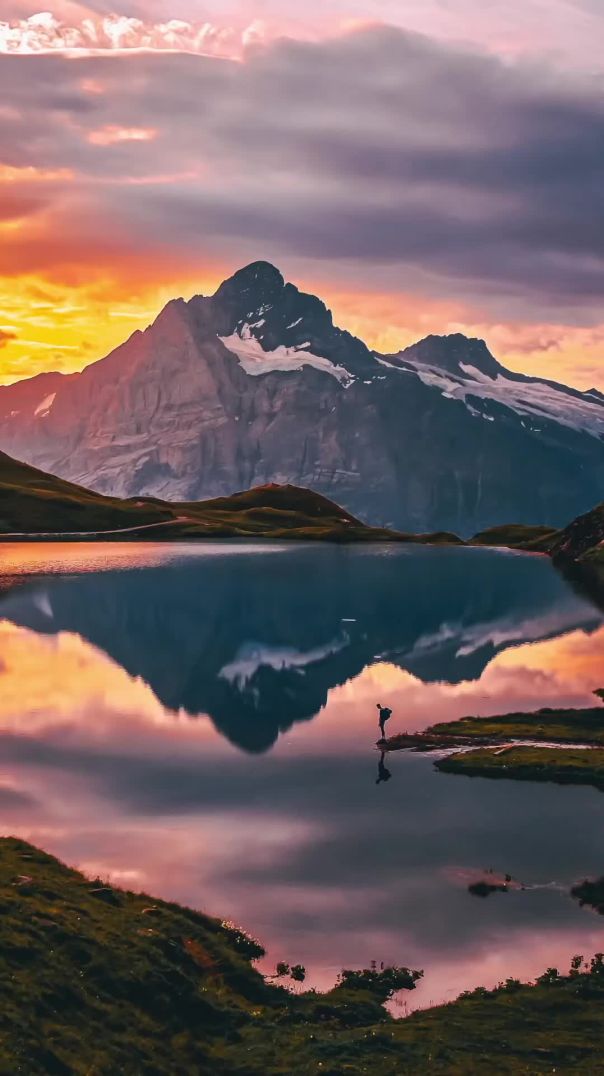


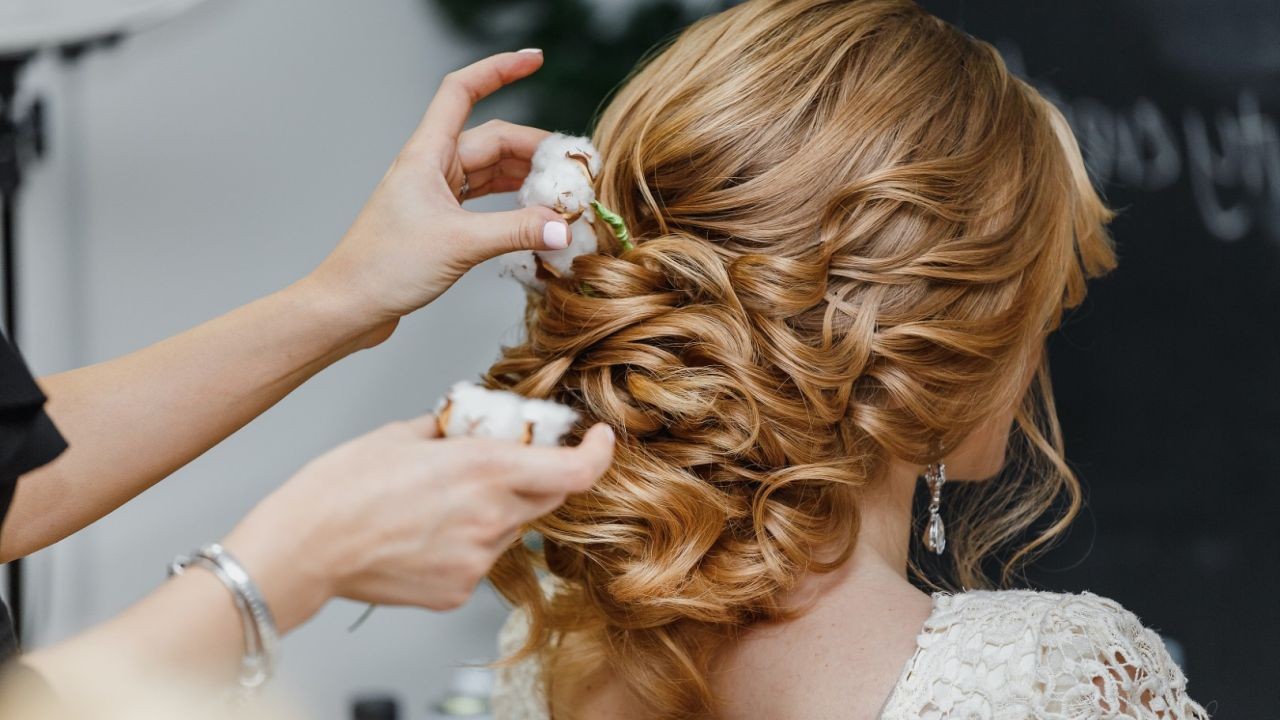

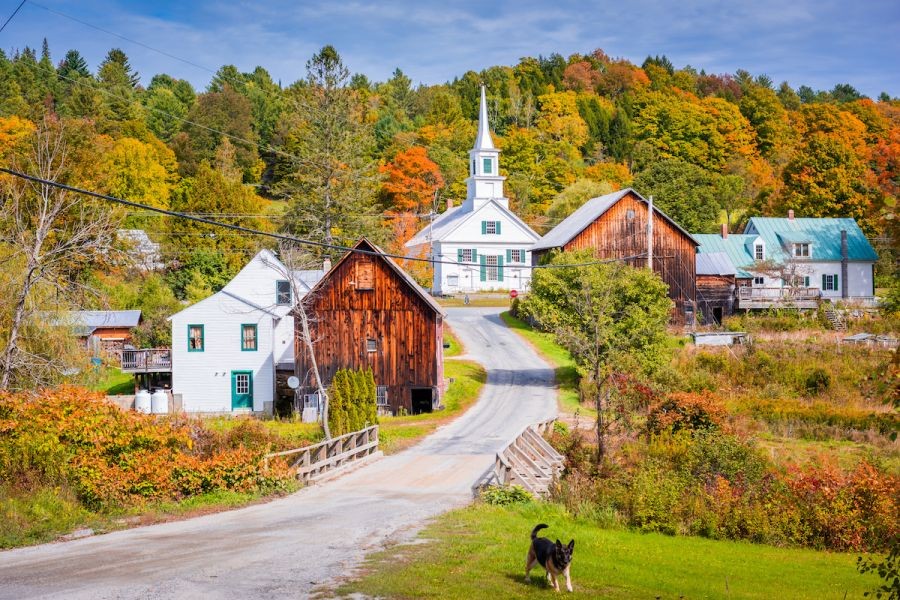




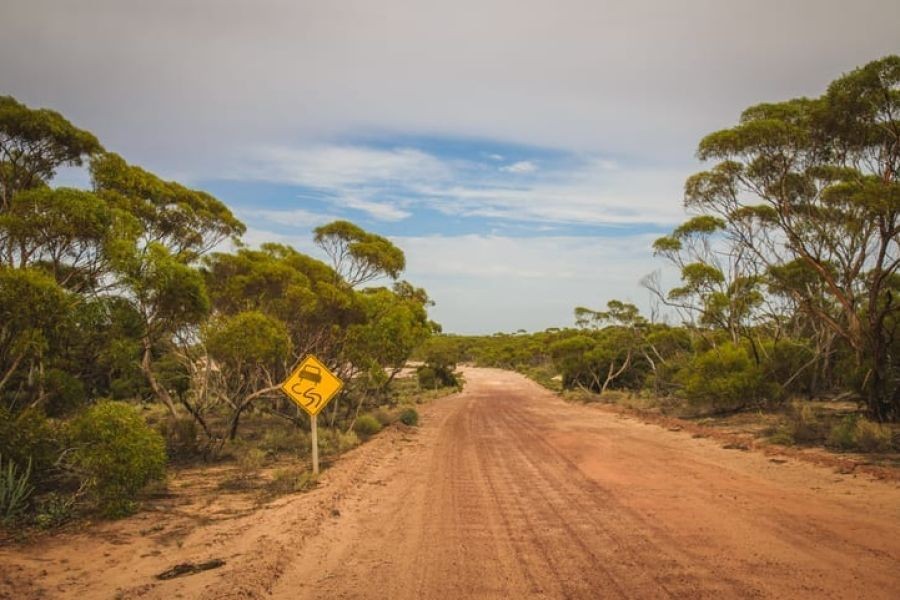




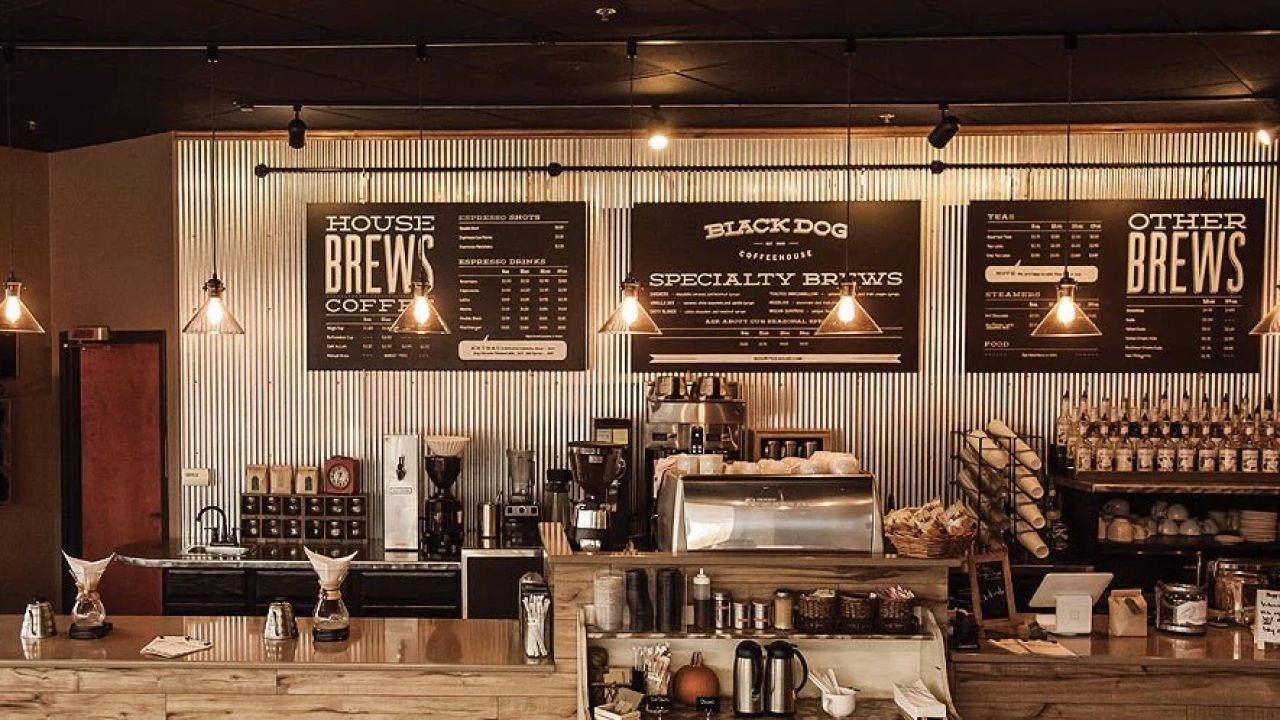
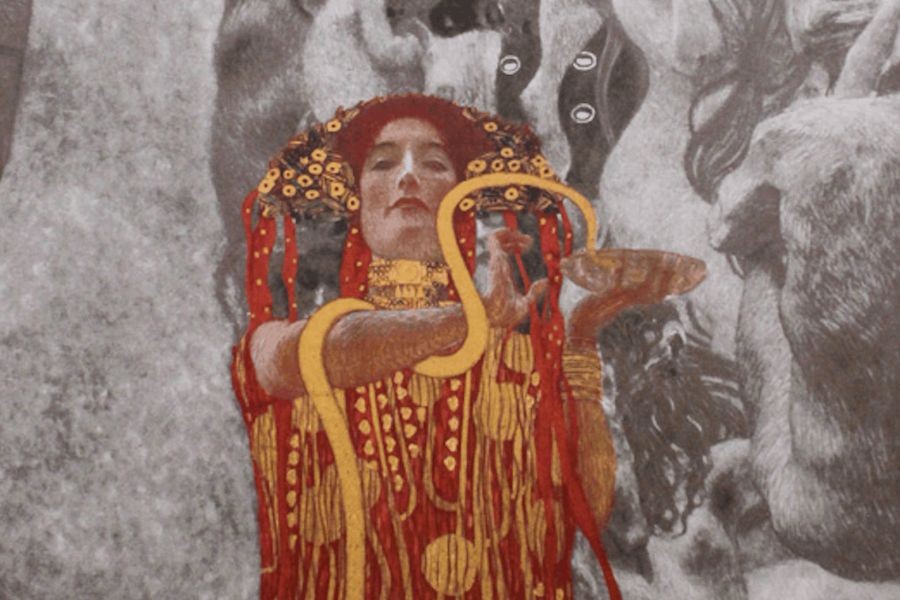





TTMMalinda
6 months ago